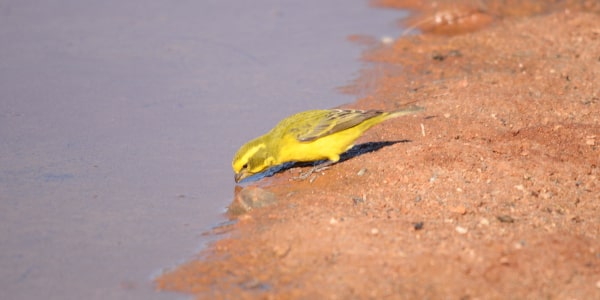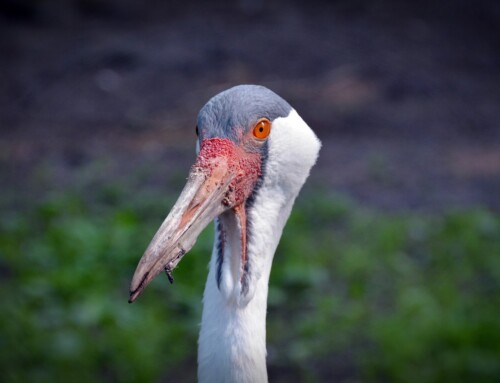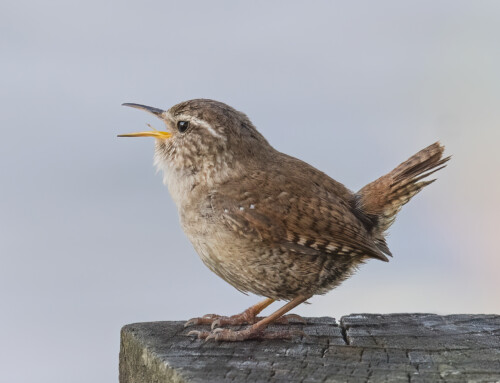LINKED PAPER
Vulnerability of birds to contaminated water sources in the Karoo region of South Africa. Lee, A.T.K, Geary, C., Wright, D.R., Dear, W.R.J. 2019. Ostrich: Journal of African Ornithology. DOI: 10.2989/00306525.2019.1638846. VIEW
The Karoo is a unique region in South Africa in terms of its ecological processes and endemic species. Large areas are needed to maintain viable populations of nomadic birds that follow erratic rainfall events and subsequent food and nesting resources, as well as ephemeral standing water.
Now, faced with crippling drought in the Karoo leading to widespread agricultural down-scaling and job losses, the prospect of hydraulic fracturing (fracking) in on the table again in South Africa as potential solution for job creation, despite widespread local condemnation from the agricultural and environmental sectors. Some large Karoo towns, like Graaff Reinet, are now dependent on ground water and emergency relief as the local dams have dried up completely. The drought is of course bad for resident bird-life too, but birds persist in human modified habitats and by making use of water provisioning facilities for livestock (Lee and Wright 2019).
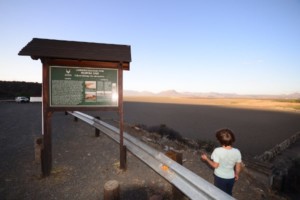
Figure 1 Mud cracks, not ripples, of the dam that usually provides the Karoo town of Graaff Reinet with water © Alan Lee
The Karoo has for some time now been divided up into large potential fracking concession areas. Fracking involves pumping large amounts of water and chemicals underground to release gas. There is widespread concern that this will contaminate the underground reservoirs upon which agriculture is strongly dependent and, of course, people too. The waste water then needs to be stored, and at this stage the impacts on wildlife are not known. Water storage facilities in other developments in the Karoo have been associated with the fatalities of a variety of wildlife (Jeal et al. 2019).
It was in this context that we decided that a trait-based analysis of vulnerability to contaminated water sources was required for the birds of the Karoo. We identified the main species that occur in the Karoo, as well as species that also use the Karoo as a major part of their broader range. We then determined each species’ vulnerability by asking if the species was known to drink, feed, nest or rest on or near water, or were best classed as granivorous, given that this dietary class has been shown to be associated with regular water visitation in southern Africa’s arid zones (Abdu et al. 2018). As expected, all members of ‘waterbird’ families were determined to be vulnerable to water contamination (Anatidae, Ardeidae, Rallidae), but surprisingly large numbers of other families were too: all Columbidae (pigeons) and most Hirundinidae (swallows), the later often drink but also build their nests from mud in some cases. The Karoo is known for high Alaudidae (lark) diversity, and almost half were identified as being vulnerable to contaminated water. Resilient families included those dominated by insect eating species (Muscicapidae) and smaller raptors, but with most families a mixed bag of resilient and vulnerable species.
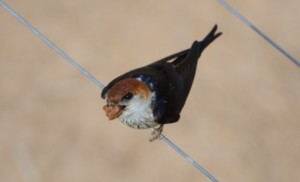
Figure 2 Greater Striped Swallow Cecropis cucullata: this species builds nests using the mud collected from a variety of sources © Alan Lee
In total, 47% of species where the Karoo is core to their range are directly or indirectly vulnerable to water contamination, compared to 40.4% of species where the Karoo is more marginal to their range. This was a surprisingly high number given the arid nature of the Karoo and the expectation that species living there will have evolved water independent life histories. Instead, a feature of much of the Karoo avifauna is that many species are nomadic: they follow the erratic rainfall events and the associated local abundance of food resources.

Figure 3 Lark-like Buntings Emberiza impetuani drink from a farm reservoir that supplies water for livestock © Alan Lee
The current drought is thought to be exacerbated by climate change, as it is amongst the worst ever recorded. Despite the science clearly indicating that South Africa, like the rest of the continent, cannot afford the exploration and consumption of even more fossil fuels, the then mineral resources minister Mosebenzi Zwane announced in April 2019 that the government had given the go-ahead for shale gas development in the Karoo region. Petroleum Agency SA is on the verge of making recommendations on granting exploration licences, which means that fracking in the Karoo is almost inevitable. This is bad news for the people and the special birds of this diverse semi-arid region.

Figure 4 A pair of Namaqua Doves Oena capensis drink from a stream created by a leaking water pump © Alan Lee
References
Abdu, S., Lee, A.T.K. & Cunningham, S.J. 2018. The presence of artificial water points structures an arid-zone avian community over small spatial scales. Ostrich 89: 339–346. VIEW
Jeal, C., Perold, V., Ralston-Paton, S. & Ryan, P.G. 2019. Impacts of a concentrated solar power trough facility on birds and other wildlife in South Africa. Ostrich 90: 129–137. VIEW
Lee, A.T.K. & Wright, D.R. 2019. Patterns of bird species richness at two sampling scales in the Karoo biome of South Africa. J Arid Environ. 174: 104077. VIEW
Image credit
Featured image: Yellow Canary Crithagra flaviventris (male) drinking at a leaking reservoir © Alan Lee


